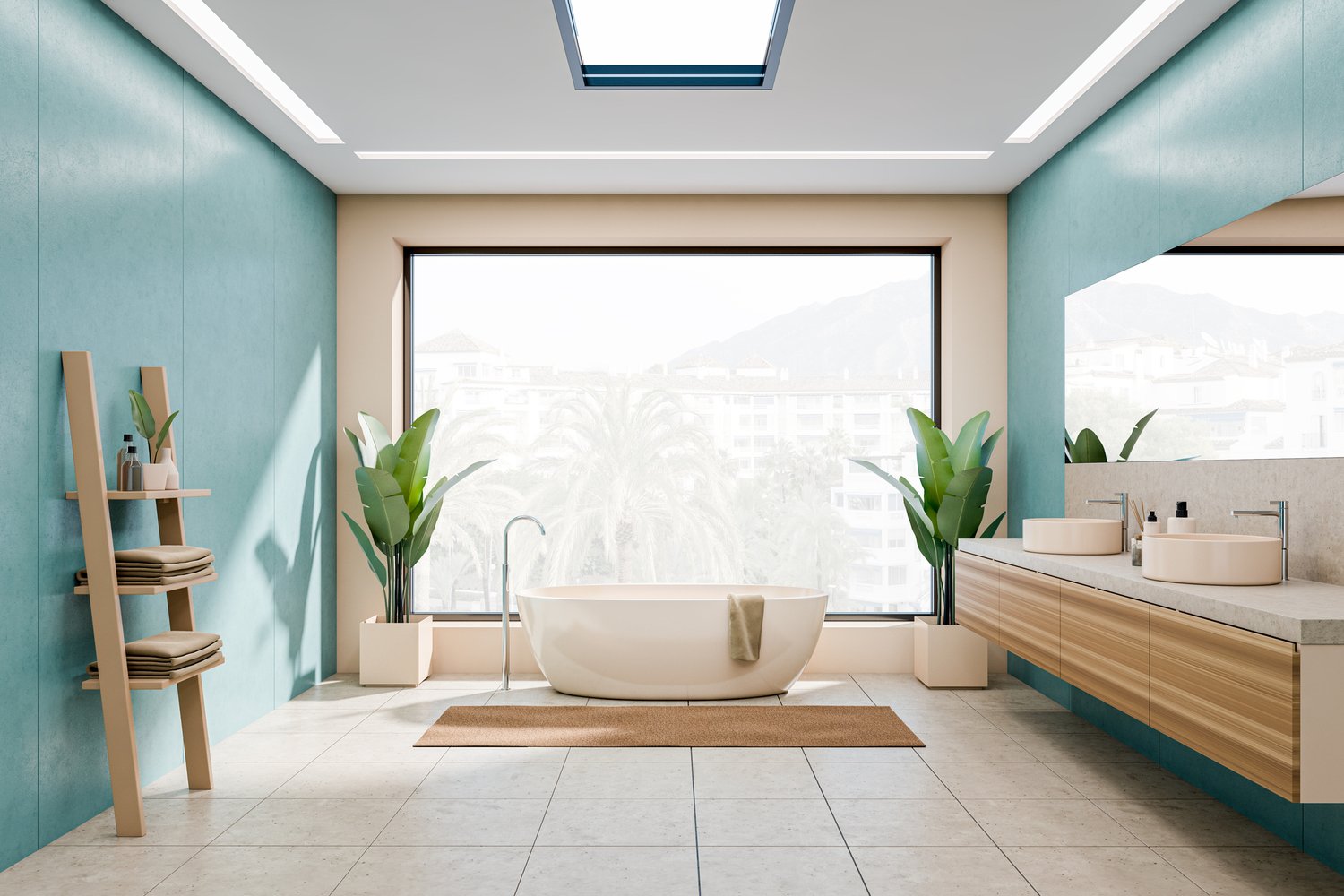The construction industry is undergoing a significant transformation with the rising popularity of prefabricated and modular building methods. These innovative approaches to construction offer numerous advantages over traditional building techniques, including reduced construction time, lower costs, and improved quality control. In this article, we’ll explore the benefits of modular building, examine the process behind prefab construction, and showcase the diverse design possibilities available through modern prefab design. Whether you’re considering a new build or simply interested in contemporary construction methods, understanding the potential of modular homes in the UK and beyond could reshape your perspective on residential architecture.
Understanding Modular and Prefab Construction
Modular homes and prefabricated buildings represent a fundamental shift in how we approach construction. Unlike traditional on-site building methods, prefab construction involves manufacturing structural components in a factory-controlled environment before transporting them to the building site for assembly. This process creates significant efficiencies and quality improvements that are increasingly attractive to homeowners, architects, and developers alike.
The modular building approach typically involves creating complete sections of a structure—including walls, floors, ceilings, and often internal fixtures—in factory conditions where weather delays and other unpredictable factors don’t interfere with production. These modules are then transported to the site and assembled, often reducing construction time by 30-50% compared to conventional methods. The prefab construction industry has evolved dramatically from its humble beginnings, now offering sophisticated solutions that meet or exceed the standards of traditional building techniques.
In the UK, modular homes have gained significant traction in recent years as housing demand increases and traditional construction struggles to keep pace. The controlled factory environment ensures consistent quality while reducing material waste, making prefabrication an environmentally conscious choice that aligns with modern sustainability goals.
The Benefits of Modular Building
The advantages of modular construction extend far beyond mere convenience. One of the most compelling benefits of modular building is the significant reduction in construction time. Because site preparation can occur simultaneously with factory fabrication, and because weather doesn’t delay the manufacturing process, projects can be completed in a fraction of the time required for traditional construction.
Cost efficiency represents another major advantage. The streamlined production process minimizes labor costs, reduces material waste, and eliminates many of the unpredictable expenses that plague conventional building projects. While the upfront costs may sometimes appear comparable to traditional methods, the reduced construction time translates to earlier occupancy and reduced financing costs, improving the overall economic equation.
Quality control stands as perhaps the most underappreciated benefit of prefabricated construction. When building components in a factory setting, manufacturers can implement rigorous quality assurance protocols that would be impossible to maintain on a conventional construction site. Every module undergoes inspection before leaving the factory, ensuring structural integrity and finish quality that often surpasses site-built alternatives. As noted by building experts at AskHomey, this quality assurance process gives homeowners greater confidence in the durability and performance of their investment.
Environmental sustainability represents yet another advantage of the modular approach. Factory construction generates approximately 90% less waste than traditional building methods, as materials can be precisely measured, cut, and stored in controlled conditions. Additionally, the energy required to transport modules to the building site is typically less than that consumed by workers commuting to and from a conventional construction project over its extended timeline.
Modern Prefab Design: Aesthetics and Possibilities
The design potential of prefabricated and modular homes has expanded dramatically in recent years. Far from the utilitarian, boxy structures that characterized early prefab homes, modern prefab design now encompasses virtually unlimited architectural styles and aesthetic possibilities. Leading architects worldwide have embraced prefabrication as a medium that combines efficiency with creative expression.
Today’s modular homes in the UK and internationally range from minimalist contemporary designs to traditional-looking structures that seamlessly blend into established neighborhoods. The factory construction process, rather than limiting design options, actually enables precision that would be difficult to achieve on-site. Complex architectural elements can be perfectly executed in controlled conditions, then assembled with minimal adjustment at the building location.
Customization remains entirely possible within the modular framework. Homeowners can typically select from various floor plans, exterior finishes, interior details, and technological integrations. Some manufacturers offer completely bespoke designs, working with clients to create unique structures that precisely match their vision while retaining the efficiency benefits of prefabrication.
The Future of Construction
As technology advances and environmental concerns grow more pressing, modular and prefabricated construction methods are positioned to play an increasingly important role in the building industry. The combination of efficiency, quality, and design flexibility makes these approaches attractive for everything from individual homes to multi-unit developments and commercial structures.
Regulatory frameworks are evolving to better accommodate prefabricated construction, removing historical barriers to wider adoption. Meanwhile, innovations in materials science and manufacturing technology continue to expand what’s possible in the factory setting, promising even greater advances in the coming years.
For those considering a building project, exploring the possibilities of modular construction offers an opportunity to achieve high-quality results with greater predictability in both timeline and budget—a compelling proposition in today’s complex construction landscape.
For more tips and to connect with reliable home service professionals, follow AskHomey on Facebook and Instagram.



